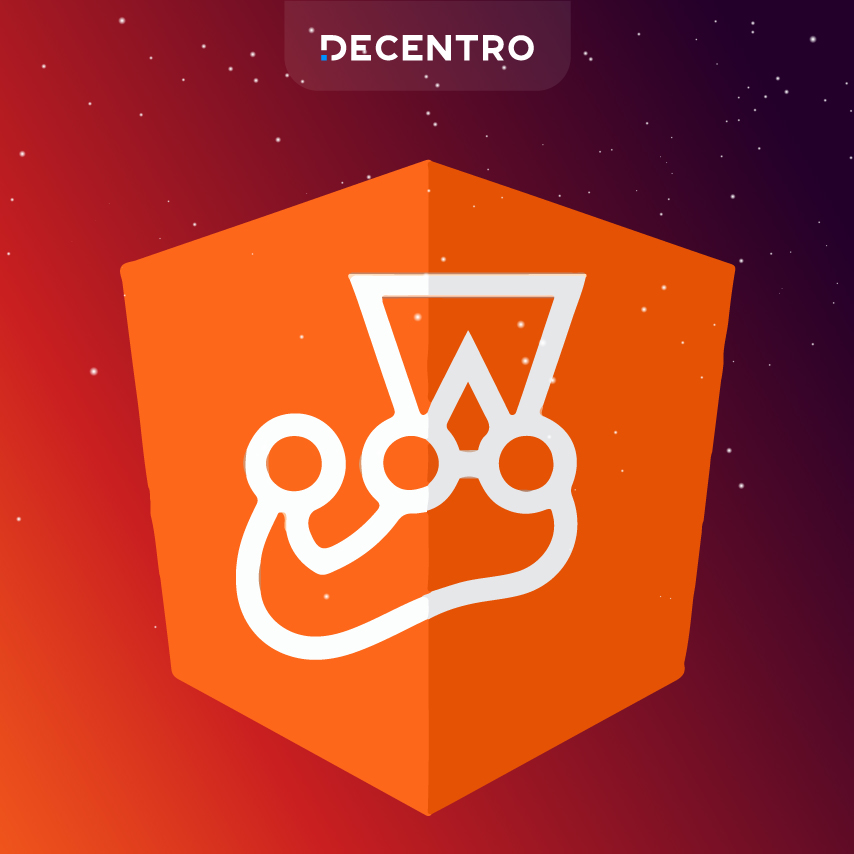Learn how to integrate Jest with Spring Boot for testing full-stack applications. This guide covers setting up Jest for React, mocking API calls, testing frontend-backend interactions, and enhancing code reliability.
Testing is an essential part of software development. In modern web applications, a robust testing framework ensures code reliability, reduces bugs, and improves the overall quality of the software. While Jest is a popular testing framework for JavaScript/React applications, integrating Jest with Spring Boot, a widely used Java-based framework for building enterprise-level applications, can enhance your testing process, especially for the frontend-backend interaction.
This blog post will cover how to use Jest for testing when working with Spring Boot, providing a seamless and efficient testing setup for full-stack applications.
What is Jest?
Jest is a popular JavaScript testing framework that works well with React and other JavaScript/TypeScript applications. It is known for its simplicity, powerful assertions, and seamless integration with various testing tools like Enzyme and React Testing Library. Jest provides features like:
- Snapshot Testing: To ensure the UI components do not change unexpectedly.
- Mocking: For testing code with dependencies.
- Code Coverage: To ensure that your code is well-tested.
Why Integrate Jest with Spring Boot?
Spring Boot is a framework that allows you to quickly set up backend services using Java. However, front-end applications often require testing for interactions, ensuring the UI components and API responses work together smoothly.
Integrating Jest with Spring Boot allows you to:
- Test the frontend and backend in isolation.
- Test API endpoints: Ensure that the communication between the frontend (React, Vue, etc.) and backend (Spring Boot) works as expected.
- Mock backend services: Use Jest to simulate interactions with the backend, ensuring frontend components behave correctly.
This combination is especially useful for developers working with the MERN stack or similar JavaScript-based full-stack frameworks.
Setting Up Jest for a Spring Boot Project
To integrate Jest in a Spring Boot project, follow these steps:
Step 1: Set Up Your Spring Boot Project
Ensure your Spring Boot project is up and running. If you’re starting from scratch, you can create a new project using Spring Initializr and add the necessary dependencies such as:
- Spring Web (for building RESTful services)
- Spring Boot DevTools (for easier development)
- Spring Security (optional for API security)
Step 2: Set Up the Frontend with React
If you’re using React for the frontend, you can create a React app within your Spring Boot project directory using the following command:
bashCopy codenpx create-react-app client
This will set up a React project in the client folder. Now, you need to install Jest and configure it for the React application.
Step 3: Installing Jest in React
By default, React comes with Jest already installed, but you can manually install it by running:
bashCopy codenpm install --save-dev jest
You can also install other utilities such as React Testing Library and Axios (for API calls):
bashCopy codenpm install --save-dev @testing-library/react axios
Step 4: Mocking API Calls in Jest
To test React components that interact with Spring Boot APIs, you can mock the API calls. For example, if you’re using Axios to make requests, you can mock Axios calls in your Jest tests:
javascriptCopy codeimport axios from 'axios';
jest.mock('axios');
describe('API call tests', () => {
it('fetches data successfully from API', async () => {
axios.get.mockResolvedValue({ data: { message: 'success' } });
const result = await axios.get('/api/endpoint');
expect(result.data.message).toBe('success');
});
});
This allows you to simulate backend API calls without actually hitting the server, making your tests faster and more isolated.
Step 5: Writing Tests for React Components
Now that Axios API calls are mocked, you can write tests for React components. Here’s an example of testing a component that fetches data from the Spring Boot API:
javascriptCopy codeimport React, { useEffect, useState } from 'react';
import axios from 'axios';
const DataComponent = () => {
const [data, setData] = useState(null);
useEffect(() => {
axios.get('/api/data')
.then(response => setData(response.data))
.catch(error => console.log('Error fetching data:', error));
}, []);
return (
<div>
{data ? <p>{data.message}</p> : <p>Loading...</p>}
</div>
);
};
export default DataComponent;
For testing this component using Jest:
javascriptCopy codeimport { render, screen, waitFor } from '@testing-library/react';
import DataComponent from './DataComponent';
import axios from 'axios';
jest.mock('axios');
test('loads and displays data', async () => {
axios.get.mockResolvedValue({ data: { message: 'Hello from Spring Boot!' } });
render(<DataComponent />);
await waitFor(() => screen.getByText(/Hello from Spring Boot/i));
expect(screen.getByText(/Hello from Spring Boot!/i)).toBeInTheDocument();
});
This test ensures that the component fetches data from the backend and displays it correctly.
Testing Spring Boot Backend with Jest
While Jest is typically used for frontend testing, it can also be used for integration testing with your Spring Boot backend, especially when you need to mock or simulate API calls in the frontend.
For backend testing in Spring Boot, JUnit is the standard testing framework. However, Jest can be used for frontend-backend testing interactions, particularly when dealing with RESTful services.
Step 6: Running Jest with Spring Boot Backend
Once you’ve set up both the frontend and backend, you can run Jest tests using the following command in the React project directory:
bashCopy codenpm test
This will run Jest and execute all the tests in the src directory.
Step 7: Continuous Integration and Deployment (CI/CD)
For effective testing in a production environment, you should integrate Jest into your CI/CD pipeline. Tools like Jenkins, GitHub Actions, and CircleCI allow you to run Jest tests automatically during the build and deployment process.
Conclusion
Using Jest in combination with Spring Boot is a powerful setup for testing full-stack applications. While Jest is primarily designed for JavaScript testing, it can be used to test frontend components and interact with backend APIs, making it suitable for full-stack testing.
By following the steps outlined in this guide, you can integrate Jest into your Spring Boot project, mock API calls, and test the interaction between frontend and backend. This ensures the stability of your application and saves valuable development time by catching issues early in the process.

